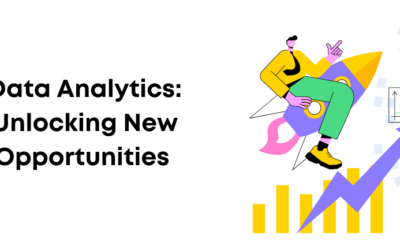
With greater adoption of digitalization in business operations, businesses are today able to generate and accumulate incrementally massive amounts of data. And supply chain management technology can often be one of the most prolific sources of such data generation. However, such data would not be useful unless you can extract meaningful information out of it to be able to take informed decisions. And therefore, across all industry sectors, the need to adopt analytical approaches to make sense of supply chain data is being discussed at CXO levels.
The following are various potential applications of Data Analytics in the logistics and supply chain management function:
Production Scheduling
Analysis of historical orders and transaction data can help you determine various trends in demand. Such trends can be seasonal, event and occasion driven, or geographic. The awareness of such trends can help you in projecting future demand levels of various products/services that you offer and accordingly, planning for servicing the same.
Procurement Management
Depending on the production scheduling, you would be in a better position to determine when to procure how much of what raw material. If you go a bit further and adopt machine learning and optimization approaches, you could also guide your procurement decisions with advanced inputs such as future commodity price movements and so on. This could help you take procurement decisions in a scientific manner as against relying on ad-hoc guesswork. Not only would you be better placed to not lose out on sales due to low finished goods inventory, but you would also be able to optimize your inventory to minimize the carrying costs.
Warehouse Management
It is essential to have warehouses at the appropriate locations for bulk storage of raw materials and finished goods. The decision on where to have such warehouses is a very tricky one – there needs to be proximity to the markets as well as place where manufacturing is done. Also, there is the cost factor involved – leasing space in overtly expensive areas could considerably erode operating profit margins. Such cost-benefit decisions are best taken on the basis of data, which would thus leave very little on individual subjective judgement.
Logistics and Transportation
When UPS decided that their trucks will never turn left (or avoid left turns as much as possible), it might have sounded crazy to a layperson. But that one measure taken on the basis of some algorithmic evaluation helped the company save millions of dollars on fuel costs. Such measures are only possible to adopt if there is availability of large volumes of data and the capability to process it to identify various patterns which would not be visible to the naked eye. Data analytics can be leveraged to optimize the choice of transportation routes depending on traffic, expected weather conditions, type and size of the transportation vehicle, and so on.
Increasingly, businesses are relying on data from different sources within the organization to drive decisions. And it is easy to see why supply chain data can aid the marketing department. As we have seen before, historical data can reveal time and geography wise trends in demand. Such insights can be of critical importance to marketers who can then determine their promotional and product distribution strategies. In a nutshell, data analytics can help streamline the supply chain function of a business to help it achieve:
- Leaner operations
- Higher cost-efficiency
- Better risk management
- Improved productivity
- Informed customer-reaching strategy
- Better risk management
- Enhanced customer experience

